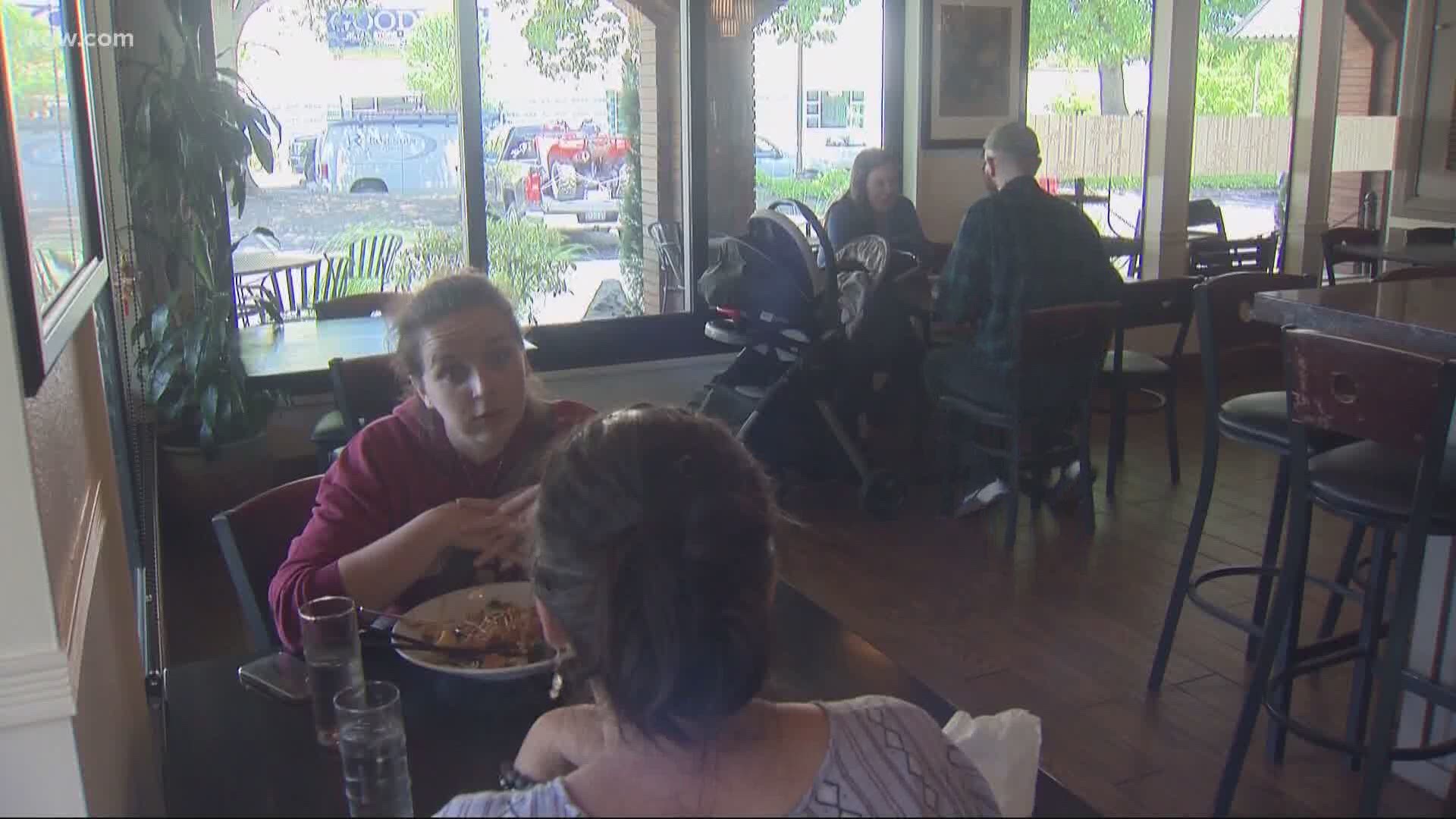Just how safe is that trip to the local gym or your favorite restaurant when it comes to COVID-19?
A lot of restaurants are allowing diners back inside.
Many experts contend that, even if the tables are spread out, diners are at risk of getting the COVID-19 virus just by being in the same room as an infector.
"It's not when you're in close contact with somebody, but the accumulation of viruses in tiny droplets, aerosol particles in the air," explained Dr. Richard Corsi.
Over the last several weeks the international air quality expert has analyzed the risk levels of several different environments when it comes to aerosols or what he calls far-field transmission.
He's going to present his findings later this week, but he gave us sneak preview Tuesday.
He noted there's been at least one case in which people have most likely gotten infected inside a restaurant, even when they did not come into close contact with the infected person.
Close contact happens when someone coughs or speaks directly at you
Far-field exposure can occur just by being in the environment of someone with the virus.
When it comes to indoor dining at restaurants, Corsi said he does not recommend it.
"It's just not a good environment to be in if you're worried about getting COVID-19," he said.
Other high-risk areas?
According to Dr. Corsi, gyms or fitness centers also top the list. That's because when you're working out in a gym, you could be breathing at rates 10-20 times your normal rate.
"Which means essentially your respiratory system is a vacuum cleaner and you're taking in a lot more air than you would normally take in," he explained. "The airborne route can be quite high if there's even one other infector in the gym."
Corsi also analyzed ride-shares and found them to be risky environments as well if the windows are closed and you and the driver are not wearing masks.
But, he said, at least you have some control to lower that risk.
"You should open the windows in the back seat of a ride share, you should be wearing a mask and you should insist that the driver is wearing a mask," he said. "If you do all those things it dramatically reduces your risk."
And when it comes to elevators, Corsi re-examined those in greater detail.
"I'm pretty convinced now that the airborne route, the background viruses in the air in an elevator for a one minute ride, are relatively insignificant in terms of risk," he said.
And while taking various steps will lower the risk in all these scenarios, Corsi maintained there's one common practice that will lower the risk in all of them. That is wearing a mask.
"If people aren't wearing a mask, the risks are relatively high no matter what we do," he said.

